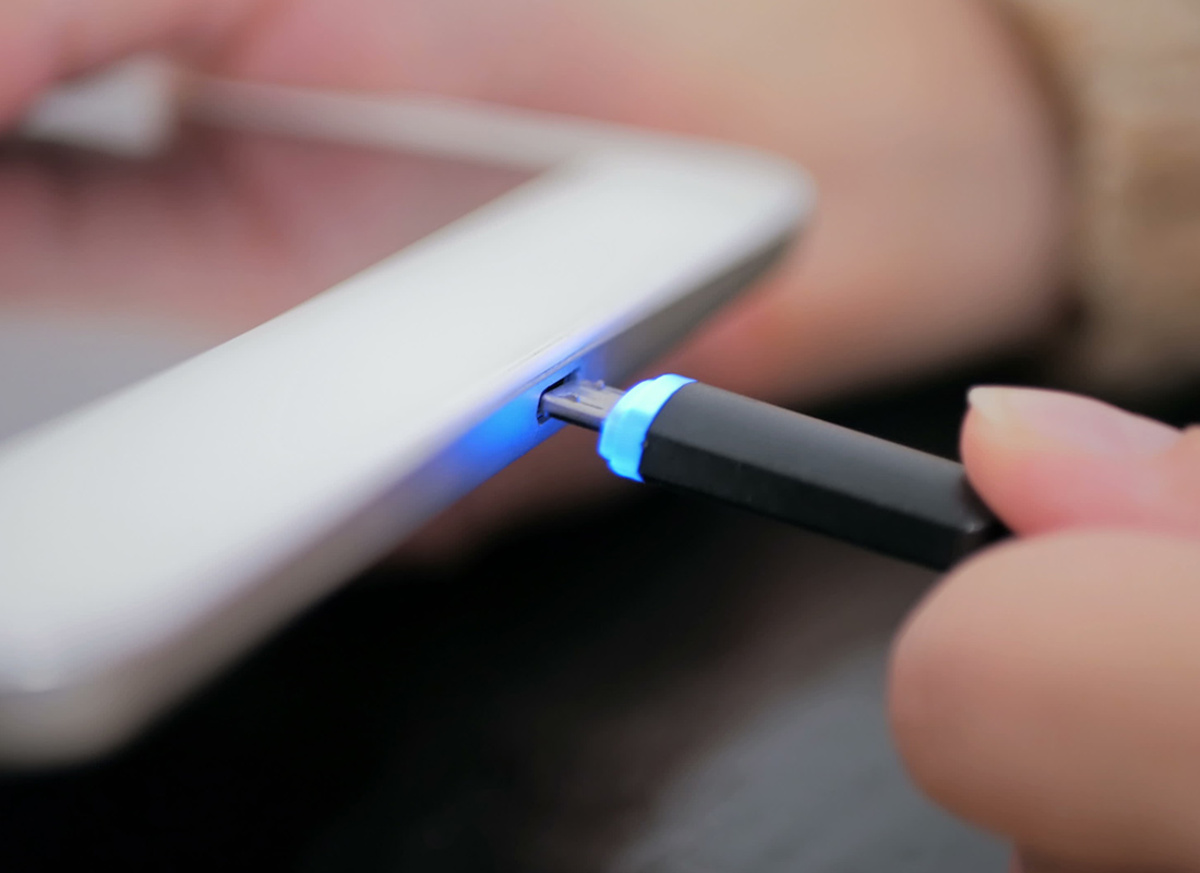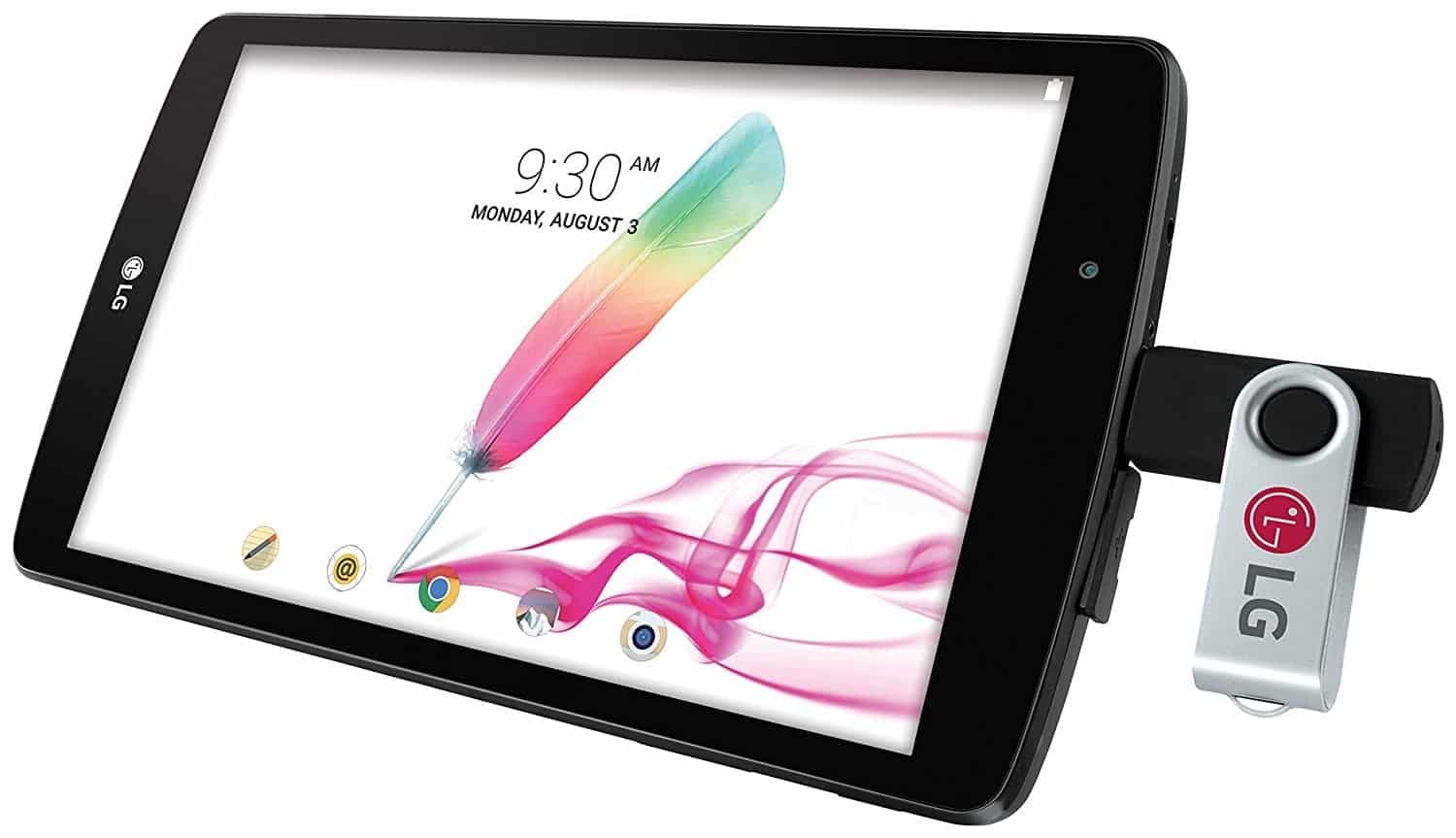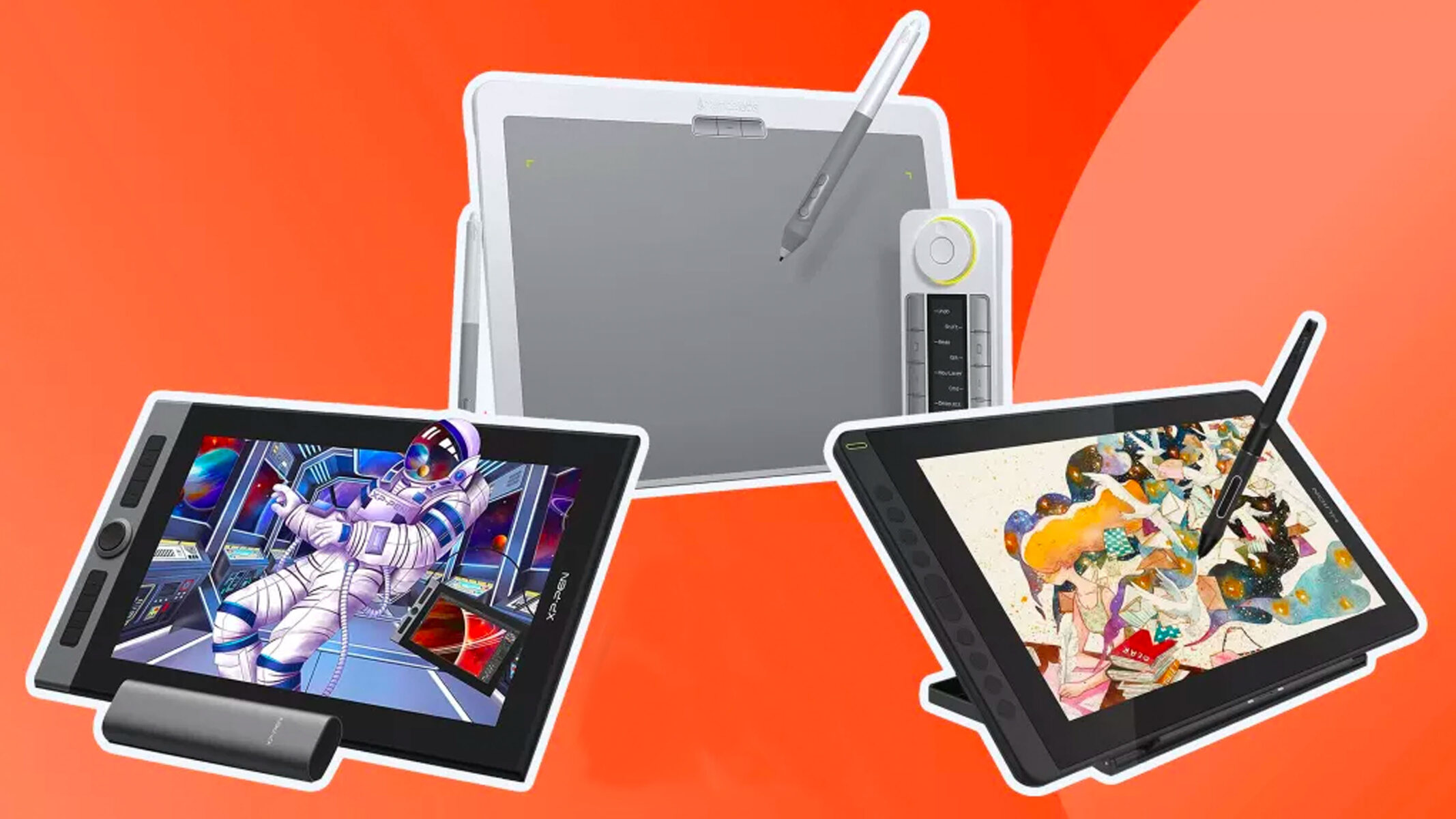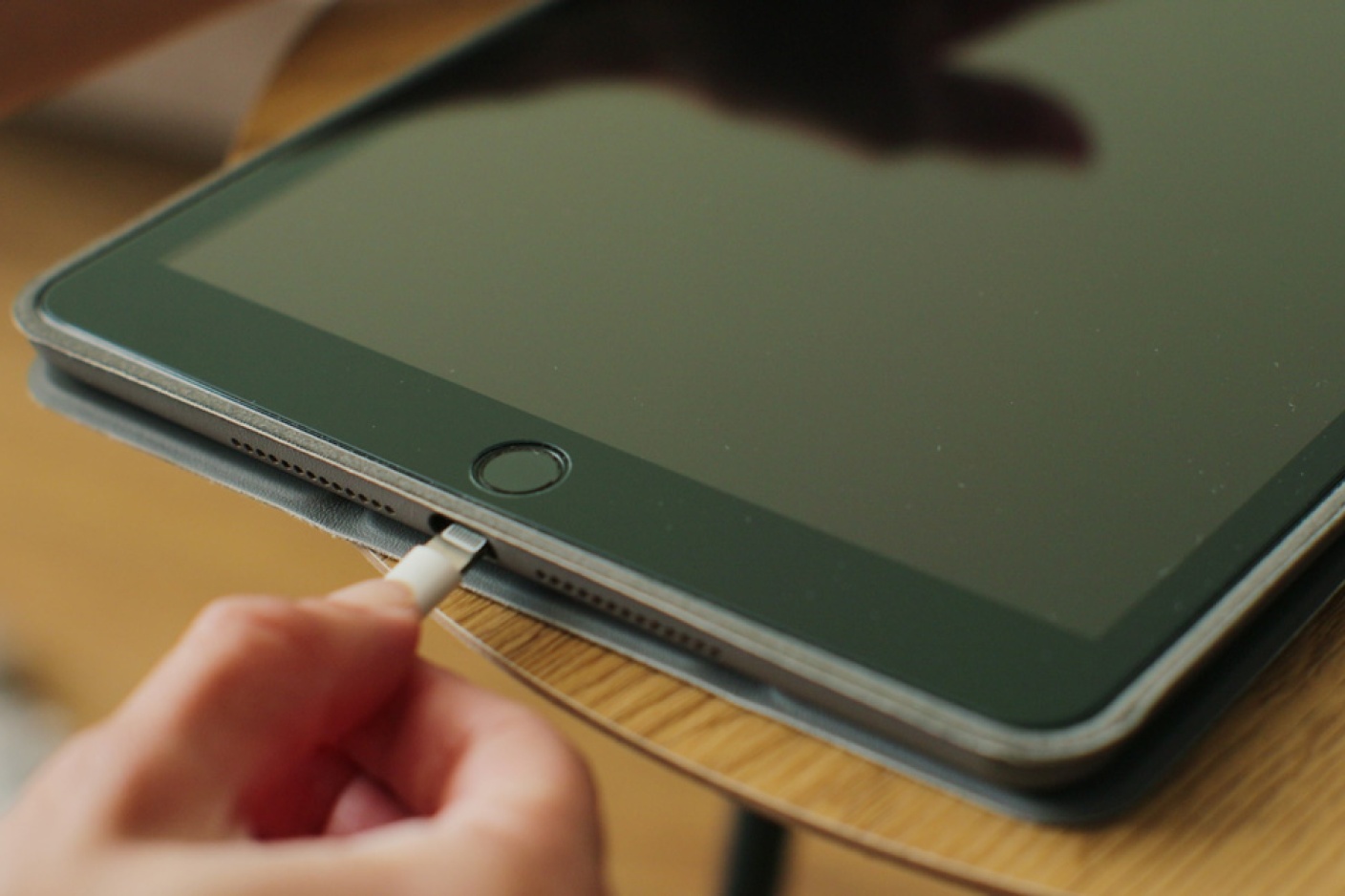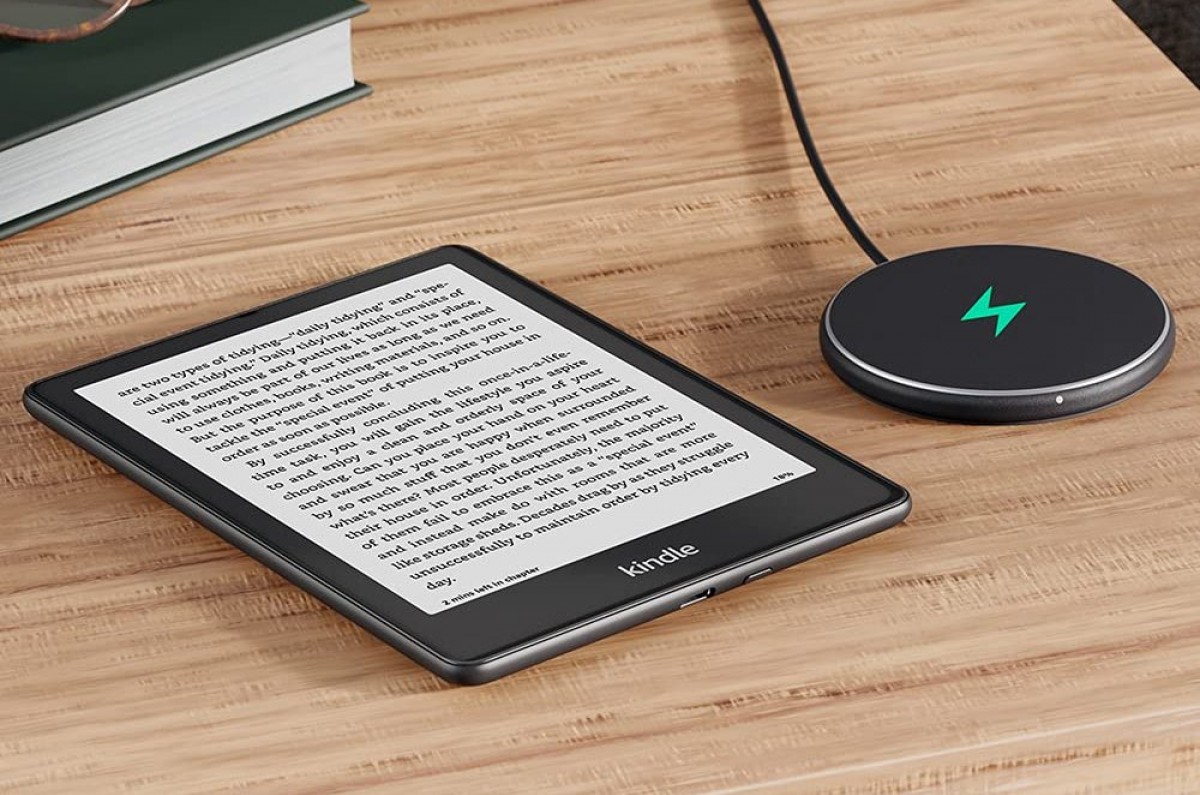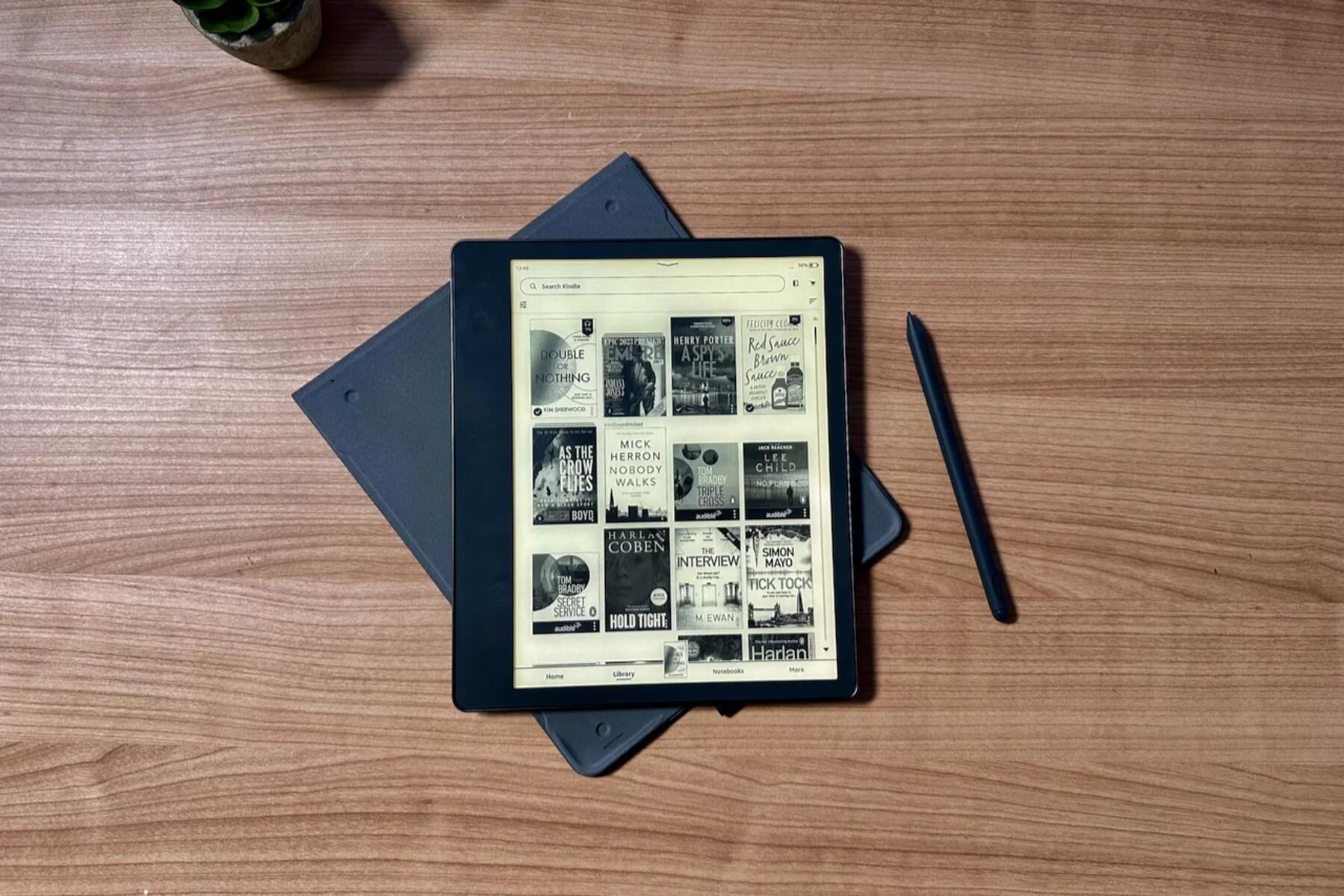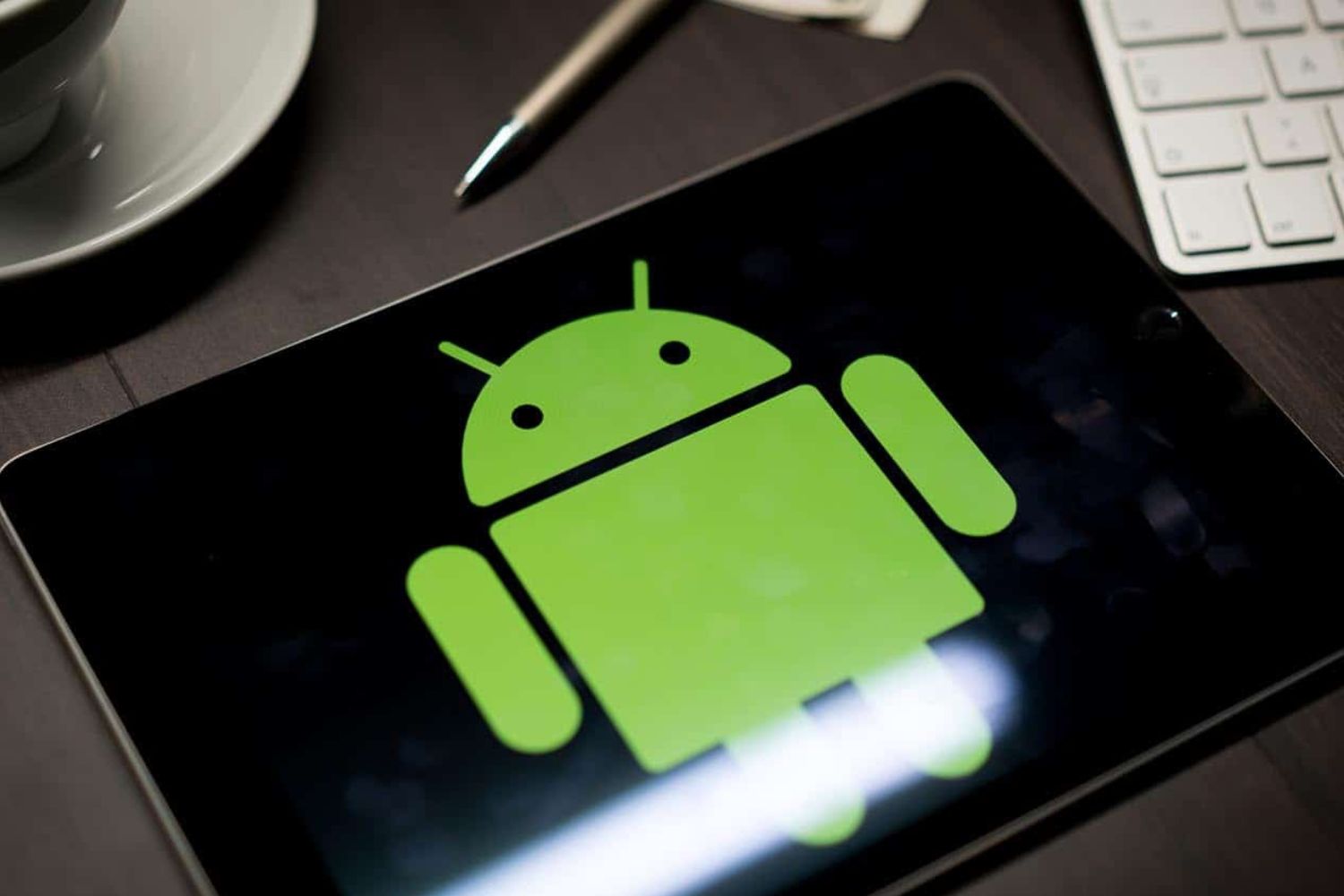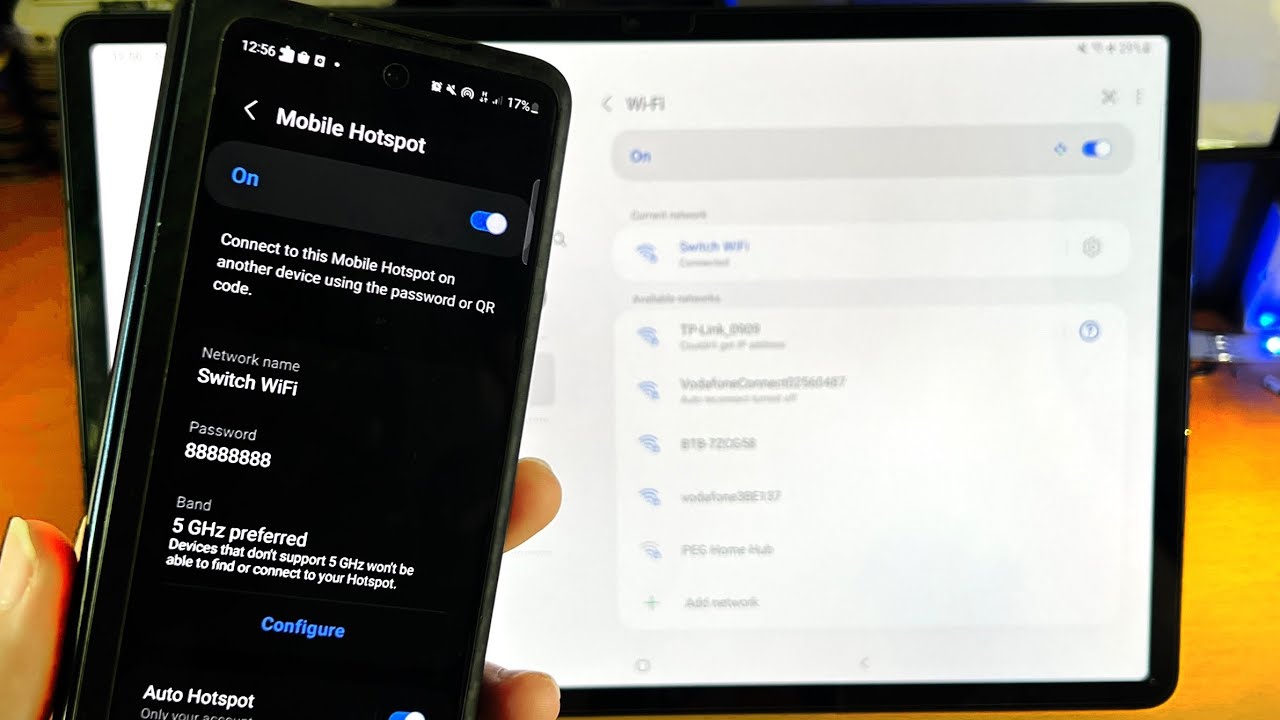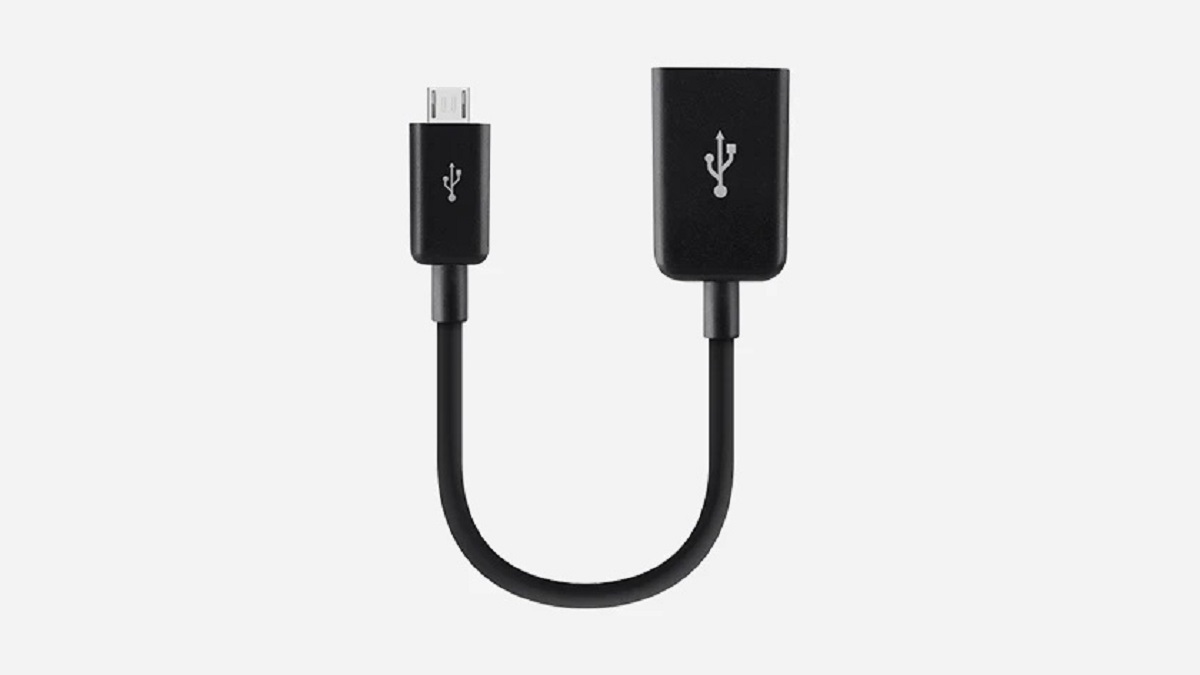Introduction
With the rapid advancements in technology, tablets have become an essential part of our everyday lives. Whether we use them for work, entertainment, or staying connected with loved ones, it’s crucial to keep our tablets charged and ready to go. While there are several charging options available, one of the most convenient and widely used methods is charging your tablet with a USB cable.
In this article, we will explore the various aspects of charging a tablet with USB. From understanding USB charging standards to the different types of USB charging ports and cables, we will guide you through the process step by step. Additionally, we will discuss how to charge your tablet using different sources, such as from your computer/laptop, wall outlet, power bank, or car charger. Lastly, we’ll provide tips for efficient USB charging, ensuring that you achieve faster and more effective charging for your tablet.
So, if you’re ready to learn how to charge your tablet with USB and make the most out of this charging method, let’s dive in!
Understanding USB Charging
Before we delve into the process of charging a tablet with USB, it’s important to have a basic understanding of how USB charging works. USB, which stands for Universal Serial Bus, is a widely used standard for connecting devices and transferring data.
When it comes to charging, USB ports are designed to provide power to a connected device. However, not all USB ports are created equal. The amount of power that a USB port can deliver depends on its type and the USB charging standard it supports.
USB charging is primarily classified into two categories – standard USB charging and fast charging. Standard USB charging provides a lower power output, while fast charging delivers a higher power output for faster charging times.
It’s worth noting that USB charging for tablets typically requires a higher power output compared to charging smaller devices like smartphones or headphones. Therefore, it’s essential to check the charging capabilities of your specific tablet model to ensure compatibility and optimal charging speed.
Additionally, USB charging standards play a crucial role in determining the power output and charging capabilities of a USB port. The most common USB charging standards are USB 1.0, USB 2.0, USB 3.0, USB 3.1, and USB Type-C. Each standard has its own specifications and capabilities, with newer standards offering faster charging speeds and improved power delivery.
Understanding the USB charging standards and the capabilities of your tablet’s USB port will help you make informed decisions when it comes to charging your tablet with USB. In the following sections, we will explore the different types of USB charging ports and cables, as well as the process of charging a tablet using various sources. So, let’s continue our journey into the world of USB charging!
USB Charging Standards
USB charging standards play a crucial role in determining the power output and charging capabilities of USB ports. It’s important to understand these standards to ensure optimal charging performance for your tablet.
Here are some of the most common USB charging standards:
- USB 1.0: Introduced in 1996, USB 1.0 provides a maximum charging rate of 500mA. While it may be suitable for charging smaller devices, it may not deliver sufficient power for charging tablets efficiently.
- USB 2.0: Released in 2000, USB 2.0 offers an improved charging rate of up to 500mA or 900mA if the device supports Battery Charging Specification (BC 1.2). While it provides faster charging than USB 1.0, it may still result in slower charging times for tablets.
- USB 3.0: Introduced in 2008, USB 3.0 delivers a charging rate of up to 900mA or 1.5A if the device supports BC 1.2. With improved power delivery capabilities, USB 3.0 provides faster charging speeds compared to previous standards.
- USB 3.1: Released in 2013, USB 3.1 offers even higher charging rates of up to 1.5A or 3A if the device supports BC 1.2. It provides faster charging and improved power delivery, making it ideal for charging tablets efficiently.
- USB Type-C: USB Type-C is the latest USB charging standard known for its versatility and faster charging speeds. It supports Power Delivery (PD) technology, allowing for higher power output. USB Type-C can deliver charging rates of up to 3A or higher, making it ideal for charging tablets quickly.
It’s essential to check your tablet’s USB charging standard and the capabilities of the USB ports you connect to. Using a USB port that supports a higher charging standard than your tablet’s standard can result in faster and more efficient charging.
Furthermore, manufacturers may incorporate their proprietary fast charging technologies, such as Qualcomm Quick Charge or MediaTek PumpExpress, which are compatible with certain USB charging standards. These technologies enable even faster charging speeds for supported devices.
By understanding the USB charging standards and capabilities, you can make better-informed choices when it comes to charging your tablet with USB. In the next section, we will delve into the different types of USB charging ports and cables to further enhance your charging options.
USB Charging Ports and Cables
USB charging ports and cables are essential components in the charging process. Understanding the different types will help you make the right choices for charging your tablet efficiently.
There are several types of USB charging ports commonly found on devices:
- Standard USB-A: This is the traditional USB port that you commonly find on computers, laptops, and wall chargers. It is compatible with USB-A to USB-A, USB-A to USB-B, and USB-A to USB-C cables.
- Micro-USB: Micro-USB ports are commonly used in older tablets and smartphones. They require a micro-USB to USB-A cable for charging.
- USB-C: USB-C ports are becoming increasingly popular due to their versatility and faster charging capabilities. They require a USB-C to USB-A, USB-C to USB-C, or USB-C to Lightning cable, depending on the devices involved.
When it comes to USB charging cables, it’s important to choose ones that are compatible with your tablet and offer fast and reliable charging. Here are some common types of USB charging cables:
- USB-A to USB-A: This cable is used to connect devices with standard USB-A ports, such as computers or wall chargers, to charge your tablet.
- USB-A to Micro-USB: This cable is commonly used to charge tablets and smartphones with micro-USB ports. It connects the device to a standard USB-A port.
- USB-A to USB-C: This cable is used for charging tablets or smartphones with USB-C ports. It connects the device to a standard USB-A port.
- USB-C to USB-C: This cable is specifically designed for devices with USB-C ports, including tablets. It allows for faster charging speeds and data transfer.
- USB-C to Lightning: This cable is used to charge tablets or smartphones with Lightning ports, commonly found in Apple devices. It connects a USB-C port to a Lightning port.
When selecting USB charging cables, it’s important to choose quality cables that support the required charging standard of your tablet. Additionally, using USB cables that are certified by USB-IF (USB Implementers Forum) ensures compliance with industry standards and reliable performance.
Now that you are familiar with USB charging ports and cables, we can move on to the different methods of charging your tablet with USB. In the following sections, we will explore how to charge your tablet from a computer/laptop, wall outlet, power bank, and car charger.
Charging Tablet with USB from Computer/Laptop
One of the most common methods to charge a tablet with USB is by connecting it to a computer or laptop. This method is convenient when you have limited access to a wall charger or when you want to charge your tablet while transferring data.
Here are the steps to charge your tablet from a computer or laptop:
- Ensure that your computer or laptop is powered on and not in sleep or hibernation mode.
- Connect one end of the USB cable to your tablet’s charging port.
- Connect the other end of the USB cable to an available USB port on your computer or laptop.
- Your tablet should start charging automatically. If it doesn’t, you may need to unlock your tablet and select the charging mode or enable USB tethering.
- Leave your tablet connected until it reaches the desired charge level.
It’s important to note that charging your tablet from a computer or laptop may result in slower charging speeds compared to a wall charger. This is because the USB ports on computers and laptops typically provide lower power output.
If you find that your tablet is not charging or charging very slowly from your computer or laptop, try connecting it to a different USB port. Some USB ports may provide higher power output, especially those labeled with the “SS” (SuperSpeed) symbol, indicating USB 3.0 or higher.
Additionally, make sure that the USB cable you are using is capable of supporting data transfer and charging. Some cables may only support data transfer and may not deliver sufficient power for charging.
Overall, charging your tablet with USB from a computer or laptop is a convenient option for maintaining battery life, especially when you’re on the go or need to transfer data. However, for faster charging, it’s recommended to use a dedicated wall charger or explore other charging options.
Charging Tablet with USB from Wall Outlet
Charging your tablet from a wall outlet is a popular and efficient method that provides faster charging speeds compared to charging from a computer or laptop. Here’s how you can charge your tablet with USB from a wall outlet:
- Ensure that you have a USB wall charger compatible with your tablet’s charging port.
- Connect one end of the USB cable to your tablet’s charging port.
- Plug the USB wall charger into a nearby wall outlet.
- Connect the other end of the USB cable to the USB wall charger.
- Your tablet should start charging immediately and will continue until it reaches the desired charge level.
When selecting a USB wall charger, it’s essential to consider its power output. The higher the power output, the faster your tablet will charge. Look for USB wall chargers that provide at least 2A (Amperes) or higher output for faster charging times.
It’s also important to make sure that the USB cable you are using is capable of handling the higher power output of the wall charger. Some low-quality or generic USB cables may not be able to deliver sufficient power for fast charging.
When using a USB wall charger, it’s recommended to plug it into a standard wall outlet rather than using a power strip or extension cord. This will ensure a more stable power supply and reduce the risk of overheating or electrical issues.
If you’re traveling internationally, make sure to check the voltage compatibility of your USB wall charger. Some countries have different voltage standards, and using an incompatible charger may damage your tablet or pose a safety risk.
Incorporating a USB wall charger into your charging routine is a convenient and reliable way to charge your tablet. It provides faster charging speeds compared to charging from a computer or laptop, making it an ideal option when you need to quickly power up your tablet.
In the next section, we will explore how to charge your tablet with USB using a power bank – a portable charging solution that allows you to charge your tablet on the go.
Charging Tablet with USB from Power Bank
If you’re on the go and don’t have access to a wall outlet, charging your tablet with a power bank is a convenient option. A power bank is a portable device that stores electrical energy and can be used to charge your tablet anytime, anywhere.
Here’s how you can charge your tablet with USB from a power bank:
- Ensure that your power bank is fully charged or has sufficient power remaining.
- Connect one end of the USB cable to your tablet’s charging port.
- Connect the other end of the USB cable to the USB output port of the power bank.
- Your tablet should start charging immediately, and it will continue until it reaches the desired charge level.
When selecting a power bank for charging your tablet, consider its capacity and output capabilities. A higher capacity power bank will be able to charge your tablet multiple times before needing a recharge.
In terms of output, look for power banks that provide at least 2A (Amperes) or higher output. This will ensure faster charging speeds for your tablet. Some power banks even offer multiple USB output ports, allowing you to charge multiple devices simultaneously.
It’s important to note that charging your tablet with a power bank may take longer compared to charging from a wall outlet. This is because the power output of a power bank is typically lower than that of a wall charger.
When using a power bank, consider its portability and choose one that is compact and lightweight. This will make it easier to carry with you when traveling or when you’re on the move.
Additionally, make sure to use a high-quality USB cable that is compatible with both your tablet and the power bank. Using a low-quality or generic cable may result in slower charging speeds or ineffective charging.
Charging your tablet with USB from a power bank provides a convenient and portable solution for powering up your device when you’re away from a wall outlet. It offers flexibility and ensures that your tablet remains charged, keeping you connected and productive wherever you go.
In the next section, we will explore another method of charging your tablet with USB – using a car charger.
Charging Tablet with USB from Car Charger
When you’re on the road and need to charge your tablet, a car charger comes in handy. A car charger is a device that allows you to charge your tablet using the power from your vehicle’s cigarette lighter socket or USB port.
Here’s how you can charge your tablet with USB from a car charger:
- Check if your car has a USB port or a cigarette lighter socket available.
- If your car has a USB port, use a USB cable to connect your tablet’s charging port to the car’s USB port directly.
- If your car has a cigarette lighter socket, plug the USB car charger into the socket.
- Connect one end of the USB cable to your tablet’s charging port.
- Connect the other end of the USB cable to the USB port on the car charger.
- Your tablet should start charging immediately, and it will continue until it reaches the desired charge level.
When choosing a car charger, consider its charging capabilities. Look for car chargers that provide at least 2A (Amperes) or higher output. This will ensure faster and more efficient charging for your tablet while in the car.
It’s important to note that charging your tablet with a car charger may take longer than charging from a wall charger. The power output of car chargers is typically lower, which can result in slower charging speeds.
If your vehicle’s USB port doesn’t provide enough power for efficient charging, using a dedicated USB car charger is recommended. USB car chargers are designed to deliver higher power output specifically for charging devices like tablets.
It’s also crucial to use a high-quality USB cable that is compatible with your tablet and the car charger. Using low-quality cables may not provide sufficient power or result in unreliable charging.
Charging your tablet with USB from a car charger allows you to stay connected and powered up while on the go. It’s a convenient option for long road trips, business travel, or when you simply need to charge your tablet during your daily commute.
In the next section, we will provide some tips for efficient USB charging to make the most of this charging method.
Tips for Efficient USB Charging
To ensure efficient USB charging for your tablet, here are some tips and best practices that you can follow:
- Use a high-quality USB cable: Invest in a reliable USB cable that is capable of handling higher power output and data transfer. Avoid using cheap or generic cables that may not deliver sufficient power for efficient charging.
- Choose the right USB port: When charging from a computer, laptop, or power bank, use USB ports that provide higher power output. Look for USB 3.0 or higher ports, or those labeled with the “SS” (SuperSpeed) symbol for optimal charging speeds.
- Opt for fast charging technologies: If your tablet supports fast charging technologies like Qualcomm Quick Charge or MediaTek PumpExpress, use compatible chargers or power banks that offer these features for faster charging speeds.
- Avoid charging in extreme temperatures: Charging your tablet in extremely hot or cold temperatures can affect battery life and charging efficiency. Try to keep your tablet and charging equipment in a moderate temperature range for optimal performance.
- Keep your tablet’s software up to date: Regularly update your tablet’s software to ensure that it is optimized for efficient charging and battery management. Software updates often come with bug fixes and performance improvements.
- Avoid charging your tablet while using power-intensive apps: Using power-intensive apps, such as gaming or video streaming, while charging may slow down the charging process. It’s best to limit resource-heavy activities while your tablet is connected to a charger.
- Disconnect unnecessary devices: If you’re using a USB hub or multiple devices with your computer or laptop while charging, disconnect any unnecessary devices. This will free up power and improve charging speeds for your tablet.
- Charge your tablet in sleep or airplane mode: When you’re not actively using your tablet while charging, switch it to sleep mode or enable airplane mode. This can minimize power consumption and result in faster charging times.
- Consider wireless charging: If your tablet supports wireless charging, you can invest in a wireless charging pad or stand for added convenience. Wireless charging eliminates the need for cables and provides a clutter-free charging experience.
By following these tips, you can maximize the efficiency of USB charging for your tablet. Remember that charging speeds may vary depending on various factors, including the tablet model, USB charging standard, power source, and cable quality. It’s important to be patient and allow sufficient time for your tablet to reach the desired charge level.
Now that you have learned how to charge your tablet with USB and discovered tips for efficient charging, you can confidently keep your tablet powered up and ready for all your activities.
Conclusion
Charging your tablet with USB is a convenient and versatile method that allows you to keep your device powered up in various situations. Whether you’re charging from a computer, wall outlet, power bank, or car charger, USB charging provides the flexibility and convenience you need.
Throughout this article, we have explored the various aspects of charging a tablet with USB. We started by understanding USB charging, including the different USB charging standards and their capabilities. We then discussed the types of USB charging ports and cables that are commonly used.
We also delved into the step-by-step process of charging a tablet with USB from a computer or laptop, wall outlet, power bank, and car charger. Each method has its own advantages and considerations.
Furthermore, we provided tips for efficient USB charging, including using high-quality cables, choosing the right USB ports, and considering fast charging technologies. These tips will help you optimize your charging experience and ensure faster and more reliable charging for your tablet.
Remember, charging your tablet with USB may result in slower charging speeds compared to dedicated chargers, but it offers convenience and flexibility for charging on the go.
Now that you have a better understanding of how to charge your tablet with USB, you can choose the most suitable method and charging equipment based on your needs and circumstances.
So, whether you’re working, traveling, or simply enjoying your tablet, you can rest assured that you have the knowledge and tools to keep your tablet powered up and ready for whatever comes your way.







